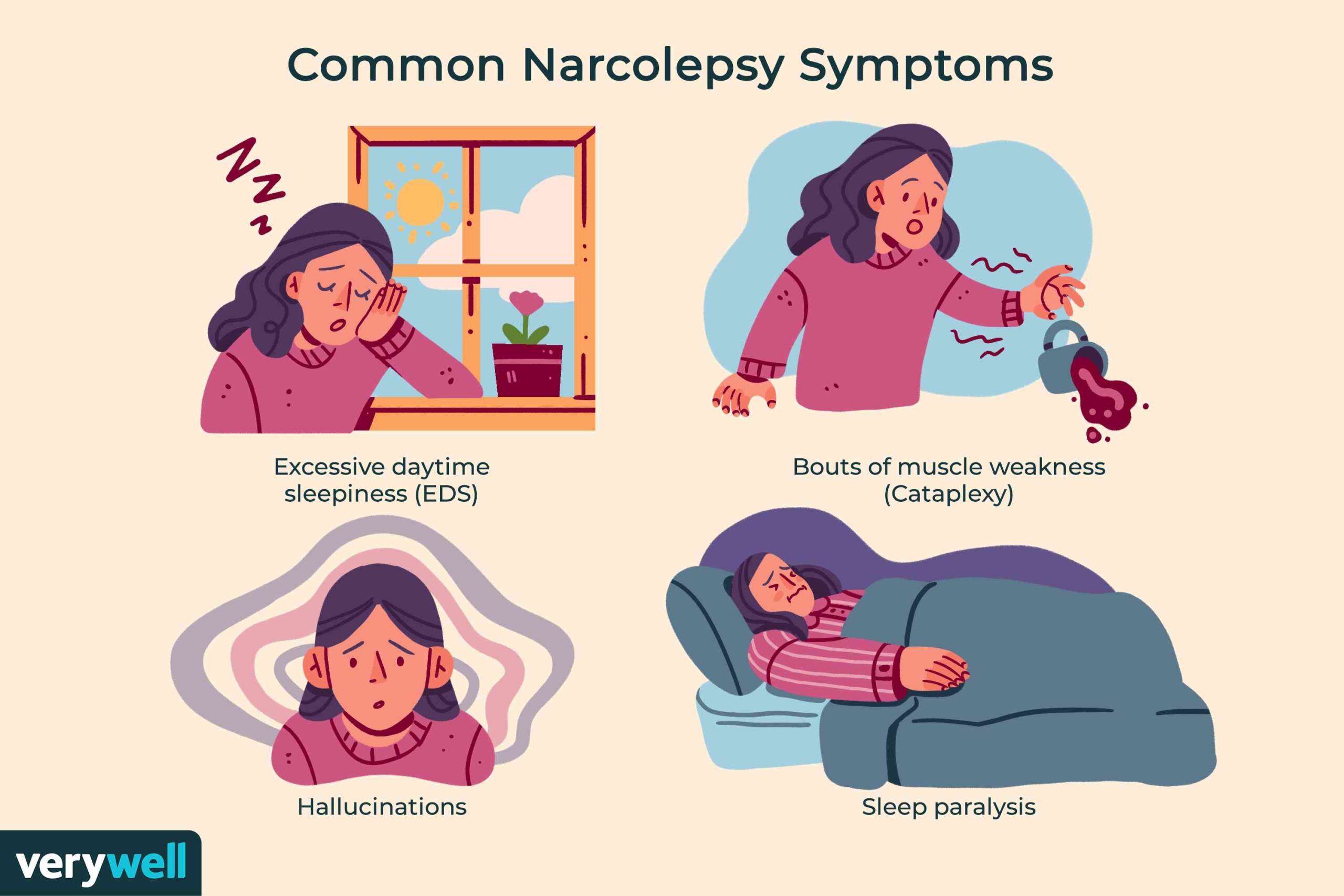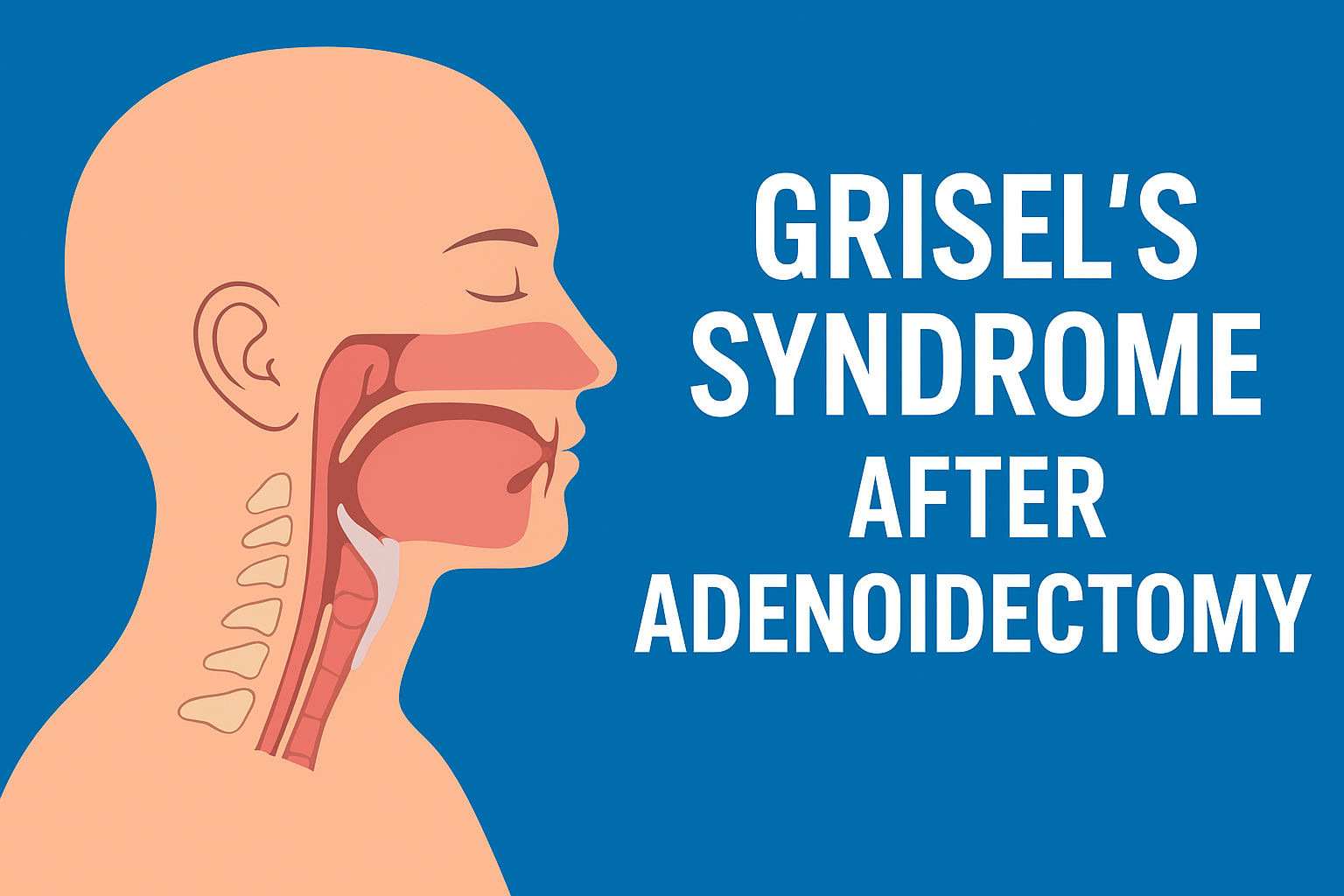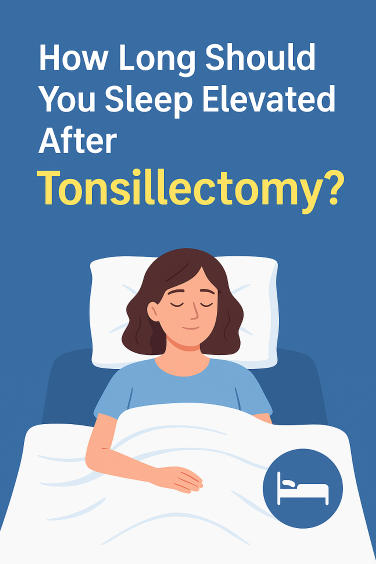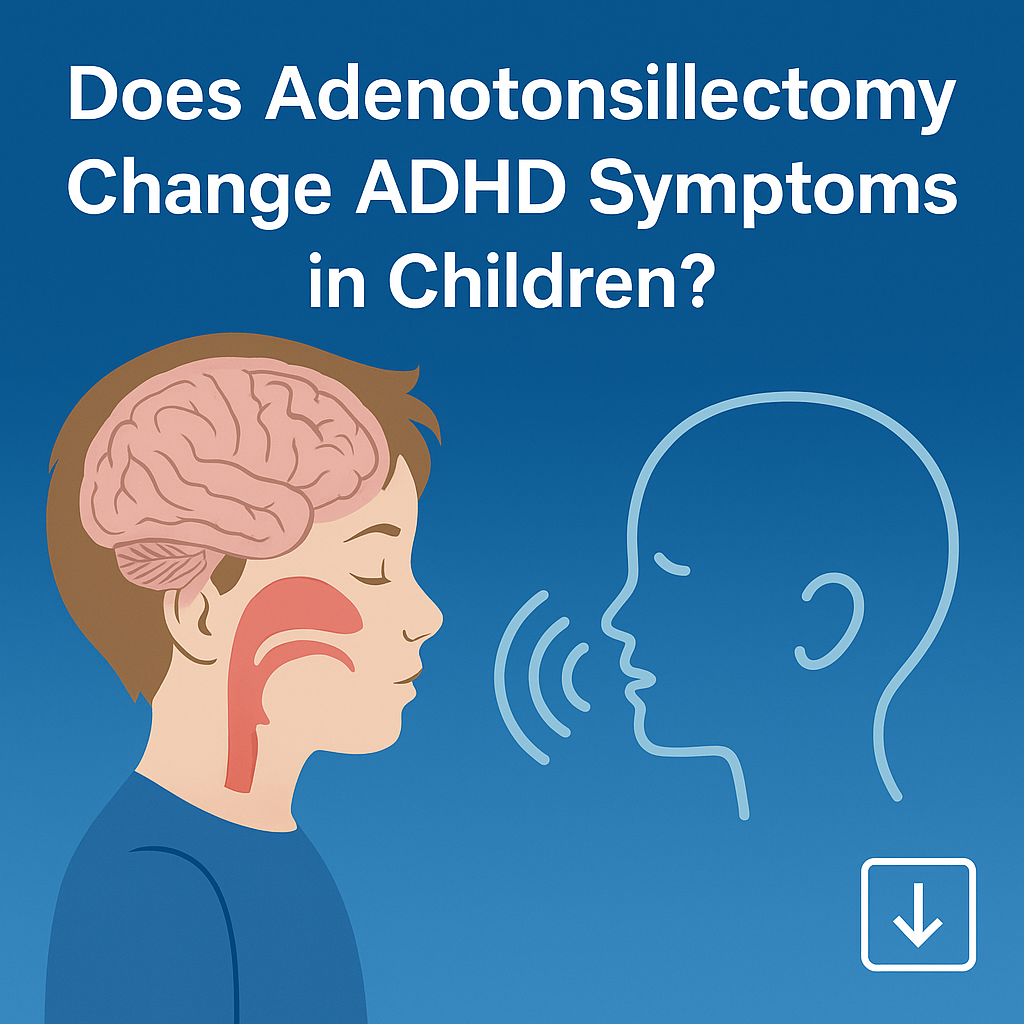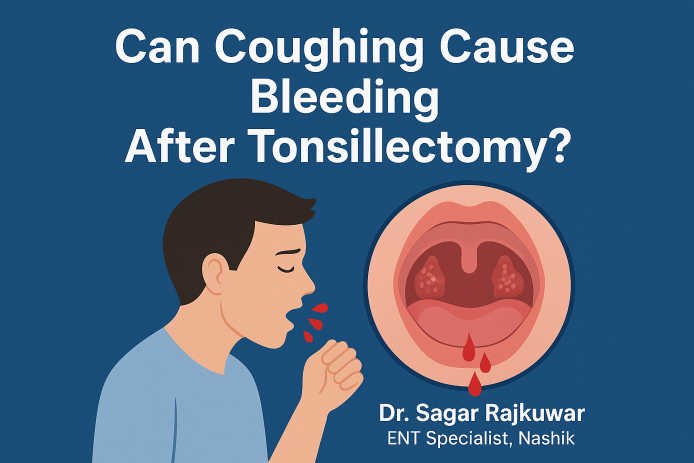What are the symptoms of blocked ears-various aspects-
Blocked ears can present various symptoms, including:
Feeling of fullness: A sensation of pressure or fullness in the ear
Pain: Discomfort in the ear, particularly if it’s an ear infection
Hearing loss: Diminished or muffled hearing, or hearing that appears as though you’re underwater
Ringing in the ears: Known as tinnitus, this is perceiving sounds originating from within your body
Other sounds: Popping or crackling noises in the ear
Itching: Sensation of itchiness in or near the ear
Discharge: An unpleasant-smelling, pus-filled discharge from the ear
Dizziness: A feeling of spinning or losing balance
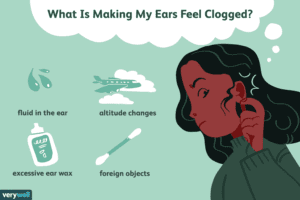

Blocked ears can result from several factors, including:
Earwax buildup
Symptoms encompass earache, hearing impairment, tinnitus, itchiness, and ear infections. Nevertheless, significant quantities of earwax might not produce any symptoms.
Eustachian tube dysfunction
This happens when the eustachian tubes, which link the middle ear to the throat and nasal cavity, get obstructed. Symptoms include a sense of fullness or blockage, popping or crackling sounds, and discomfort or pain.
Foreign objects
Foreign items in the ear may go unnoticed until they trigger pain, itching, infection, or a discharge.
Acoustic neuroma
This is a non-cancerous growth that can exert pressure on and obstruct the ear tubes. Surgery is typically necessary to excise the growth.
If you experience dizziness, seek immediate attention as it may be hazardous and cause falls or injuries.
Earwax Blockage
Neglected earwax accumulation may result in hearing impairment, discomfort, pain in the ear, vertigo, tinnitus, and additional problems. Typically, earwax impaction is not harmful, and symptoms resolve with intervention. Treatments for earwax blockage consist of drops to liquefy the wax or physical extraction at your healthcare provider’s clinic- If you require treatment for blocked ear from ENT specialist doctor then for appointment pl click on the link given below-
Overview
Cross section of ear canal with earwax blockage.
Earwax blockage occurs when earwax (cerumen) accumulates within your ear canal.
What is cerumen impaction?
“Cerumen impaction” refers to the medical condition of earwax blockage. Earwax (cerumen) is essential for ear health. It cleans your ears and shields them from dust, dirt, and infection.
Despite its numerous advantages, earwax can lead to problems when it builds up excessively. Cerumen impaction can cause ear pain, itchiness, ringing in your ears, hearing loss, or other complications. When needed, a healthcare professional can assist you with the removal of earwax.
Who is most likely to develop impacted earwax?
Earwax blockage can occur in anyone. Approximately 10% of children and 5% of adults experience it.
Impacted cerumen is more likely to happen in individuals who:
Use hearing aids, earplugs, or earbuds.
Have a significant amount of ear hair.
Have certain dermatological conditions such as eczema.
Insert cotton swabs or other items into their ears.
Are older than 55 years.
Have developmental disabilities.
Possess irregularly shaped ear canals that impede natural wax clearance.
Symptoms and Causes
What are the symptoms of cerumen impaction?
Symptoms of impacted earwax may consist of:
A sensation of fullness in your ear.
Pain in your ear (earache).
Hearing loss, which may deteriorate over time.
Ringing in your ears (tinnitus).
Itchiness in your ears.
Discharge or an unpleasant smell coming from your ears.
Dizziness.
What causes earwax buildup?
Some individuals experience earwax buildup simply because they naturally generate more earwax.
You may also encounter earwax impaction if:
You have dry or hard earwax.
You have a significant amount of ear hair.
You possess narrow ear canals.
You regularly wear earplugs or hearing aids.
You habitually utilize cotton swabs to clean your ears.
What happens if impacted earwax is not removed?
If untreated, excessive earwax may lead to aggravated symptoms of cerumen impaction. These symptoms might encompass hearing loss, ear irritation, tinnitus, and additional complications. A buildup of earwax can also obscure visibility into your ear, potentially leading to undiagnosed issues.
Diagnosis and Tests
How is cerumen impaction diagnosed?
Your healthcare provider will conduct a physical examination. During this visit, they will examine your ears with a specialized instrument known as an otoscope to determine if earwax buildup is present.
Management and Treatment
How do you get rid of impacted earwax?
Treatments for impacted cerumen include both home remedies and professional in-office techniques, such as:
Solutions that dissolve earwax.
Ear irrigation.
In-office earwax removal.
Consult with your healthcare provider prior to attempting any treatment.
Clean your ears properly
Clean the outer part of your ear using a washcloth. After showering or bathing, dry your ears as thoroughly as possible.
Under no circumstances should you insert anything into your ear canal — including cotton swabs. Not only can the use of cotton swabs harm your eardrum, but it can also encourage your ears to produce more earwax. (Learn more about why cotton swabs should be avoided in “Additional Common Questions” below. )
Use solutions to dissolve earwax
You may apply cerumenolytic solutions (substances designed to dissolve wax) in your ear canal. These solutions consist of:
Saline solution.
Baby oil.
Glycerin.
Mineral oil.
Hydrogen peroxide or peroxide-based ear drops (for example, Debrox®).
When using these solutions, place a few drops into the affected ear and lie down on the opposite side. This allows the solution to flow into your impacted ear. These oils should be applied with moderation. If you are utilizing an over-the-counter earwax removal method, adhere to the instructions given.
Ear irrigation
An additional choice is to irrigate or syringe your ear. This process entails using a syringe to wash out your ear canal with either water or saline solution. Typically, you should first soften the wax by applying a cerumenolytic solution. Next, you will carefully irrigate your ear with a bulb syringe.
In-office earwax removal
Lastly, your healthcare provider can extract earwax manually with specialized instruments. They may employ a cerumen spoon, forceps, irrigation, or a suction device. Usually, these procedures are completed in just a few minutes.
Prevention
How can I stop earwax from accumulating?
Avoid inserting anything into your ears for cleaning purposes. If you must use cotton swabs, restrict their use to the outer part of your ear. If a healthcare provider needs to extract earwax from your ears more than once annually, inquire about their recommendations to prevent earwax buildup.
Outlook / Prognosis
What should I anticipate if I have impacted cerumen?
While impacted cerumen is bothersome and inconvenient, it is typically not dangerous. However, you should reach out to a healthcare provider if you experience symptoms of impacted earwax such as ear pain, dizziness, or hearing loss.
Some individuals produce higher quantities of earwax than others and might require regular treatments for removal. Discuss with your provider methods to soften earwax and maintain ear health.
Living With
When is it appropriate to see my healthcare provider?
Contact a healthcare provider if you notice symptoms of cerumen impaction, including ear pain, itchiness, tinnitus, dizziness, hearing loss, or a sensation of fullness in your ears.
For update on further important health related topics and frequently asked questions on health topics by general population please click on the link given below to join our WhatsApp group –
https://chat.whatsapp.com/Lv3NbcguOBS5ow6X9DpMMA
Seek immediate medical assistance if you experience:
Fever.
Persistent earache.
Discharge from your ear (otorrhea).
A foul smell emanating from your ear.
What inquiries should I make of my healthcare provider?
Your healthcare provider can guide you on eliminating earwax buildup. Consider asking the following questions:
Do I produce excessive earwax?
What is the safest and most effective method to clean my ears?
Is it possible to prevent earwax accumulation?
Which home remedies do you suggest?
Is professional earwax removal necessary?
Should I have my earwax removed regularly?
Additional Common Questions
Is it permissible to use cotton swabs to eliminate excess earwax?
Numerous individuals utilize cotton swabs for ear cleaning. Nevertheless, research indicates that cotton swabs may actually increase earwax production. This occurs because cotton swabs stimulate the minuscule hairs in your ear canal. The stimulation causes these hairs to signal the glands in your ear canal to produce additional earwax.
What other actions should I avoid when dealing with earwax impaction?
Refrain from utilizing suction devices for personal use (like Wax-Vac®). They tend to be ineffective for many people, and the majority of healthcare providers do not endorse them.
Ear candles, promoted as a natural means of earwax removal, are ineffective. They may also lead to injuries such as burns on your external ear and ear canal. They could even perforate (tear) your eardrum.
Keep in mind, earwax itself is not harmful. It serves to clean your ears and helps prevent infections. Nevertheless, if earwax accumulates, it may lead to issues like irritation, itchiness, and hearing loss. It is safe to clean only the outer part of your ears and to use drops or water to soften earwax. Always consult your healthcare provider for earwax removal using a proper instrument.
Earwax accumulation
Earwax is produced inside your ears to maintain their cleanliness. It typically falls out without assistance. Occasionally, excessive amounts can accumulate and obstruct the ears.
An accumulation of earwax is a frequent issue. It can often be managed with eardrops available at a pharmacy.
Indicators of an earwax accumulation
An accumulation of earwax in your ear may lead to:
Ear discomfort
loss of hearing
tinnitus (perceiving sounds from within your body)
itchiness in or around the ear
ear infections
These issues generally improve once the earwax is removed.
What to do if you suspect your ear is blocked
Do not attempt to remove an earwax accumulation yourself with your fingers, a cotton swab, or any other instrument. This can harm your ear and push the wax deeper.
Consider eardrops
If the earwax is only causing slight issues, you might consider purchasing some eardrops from a pharmacy. Using drops may initially worsen your hearing or symptoms before they improve. These can assist in softening the earwax, allowing it to fall out naturally.
There are various types of eardrops available for use, including those containing:
sodium bicarbonate
olive oil
almond oil
Eardrops are not appropriate for everyone, and some may cause skin irritation. You should refrain from using eardrops if you have a perforation or tear in your eardrum.
Consult your pharmacist about the suitable product for you and ensure that you read the accompanying leaflet.
Diagnosing earwax accumulation
Your GP or practice nurse will examine your ears to see if they are obstructed. They may perform some straightforward hearing assessments.
Treatments to eliminate earwax
If over-the-counter treatment is ineffective, consult your GP practice.
Possible treatments may consist of:
ear irrigation – a swift and painless process in which an electric pump is utilized to introduce water into your ear and flush out the earwax
microsuction – a quick and painless method where a small device is employed to remove the earwax from your ear (you may need a referral for this)
These treatments might not be appropriate for everyone. Your doctor can go over this with you.
If these therapies do not provide relief, your GP might refer you to an ear, nose, and throat (ENT) specialist.
What contributes to a buildup of earwax?
Some individuals frequently experience blocked ears because they naturally produce excess earwax.
Other contributing factors include:
producing naturally hard or dry earwax
having narrow or hairy ear canals (the passage from the ear opening to the eardrum)
being older, as earwax tends to become drier with age
bony growths in the outer section of the ear canal
Earwax can also obstruct your ear if you frequently insert items into your ear, such as cotton buds, ear plugs, or hearing aids.
This things to know about blocked ears
Blocked ears are also referred to as Eustachian Tube Dysfunction (ETD). This uncomfortable feeling may be something that occurs once or twice in a lifetime, or it could happen regularly, such as for someone with allergies. There are various reasons you might feel the sensation of blocked ears, ranging from an infection to the effects of being in a situation where the pressure changes suddenly, like on an airplane. This is what you should understand about experiencing blocked ears.
Blocked ears occur due to unbalanced pressure. Blocked ears are quite common and are typically relatively mild. This condition involves the Eustachian tubes, which become unable to balance pressure between the ear and the throat’s back. As pressure accumulates, it can lead to blocked ears, discomfort, and hearing difficulties. Even though blocked ears are frequent, if they persist for an extended time or the symptoms are intense, then seeking medical assistance may be required.
Regularly experiencing blocked ears indicates that you should be cautious. It’s important to have an examination to determine if there is a hidden medical issue. Additionally, when you have blocked ears, be careful to avoid activities like diving where the pressure in your ear changes quickly, as this may lead to a perforated eardrum.
You might be able to hear your ears equalising pressure. Normally, we don’t notice our Eustachian Tubes balancing the pressure in our ears. However, events like changing pressure in an airplane or ascending a mountain could make this more apparent. It may feel like blocked ears and/or produce a crackling and popping noise.
There may be several different reasons for blocked ears. Two of the most prevalent causes are swelling or mucus accumulation due to a cold or allergies.
Persistent blocked ears will require treatment. For many individuals, blocked ears are a temporary condition that resolves when the pressure in the ears normalizes. However, if this does not occur, consulting an ear, nose, and throat (ENT) specialist might be beneficial. Evaluations can be conducted to identify the cause of blocked ears, such as a Tympanometry, which measures ear pressure.
Blocked ears do not always indicate a more significant issue. Everyone encounters this sensation at some point when the body experiences a situation with a change in pressure. Usually, this feeling will be uncomfortable but short-lived; it is only if the sensation continues for a long time that action needs to be taken.
There are several methods to avert blocked ears during typical pressure change scenarios. For instance, while traveling by air, chewing gum can alter the pressure in the mouth and stimulate the Eustachian Tubes to function properly. Administering a nasal decongestant thirty minutes prior to entering a pressure change situation can also be beneficial. If you are flying, you may use ‘earplanes,’ a variety of ear plugs specifically designed to mitigate pressure changes in the air.
For the majority of individuals, blocked ears are not severe, but there are measures you can implement to alleviate the discomfort they might cause.
How do you know if you have an ear blockage?
Signs and indications of earwax obstruction may consist of:
Ear pain.
Sense of pressure in the ear.
Ringing or sounds in the ear (tinnitus)
Loss of hearing.
Lightheadedness.
Coughing.
Itching in the ear.
Smell or leakage from the ear.
What problems can blocked ears cause?
A buildup of earwax in your ear may lead to:
ear pain.
loss of hearing.
tinnitus (perceiving sounds from within your body)
itchiness in or around the ear.
ear infections.
How do I unblock my ears?
If your ears are blocked, attempt to swallow, yawn, or chew sugar-free gum to open your eustachian tubes. If this method doesn’t work, take a deep breath and gently blow out of your nose while pinching your nostrils closed and keeping your mouth closed. If you hear a popping sound, you know you have succeeded.
Will a blocked ear go away by itself?
For many individuals, clogged ears are a short-term issue that will resolve when the pressure inside the ears normalizes. Nevertheless, if this does not occur, consulting an ear, nose, and throat (ENT) specialist could be beneficial.
How long do blocked ears last?
Eustachian tube dysfunction occurs when the tubes linking your middle ears to your upper throat get obstructed. This can lead to discomfort, auditory problems, and a sensation of pressure in your ear. Eustachian tube dysfunction typically resolves by itself within a few days.
How can I unblock my ears naturally fast?
There are numerous methods individuals can utilize to assist in popping their ears safely and effectively.
Yawn. Yawning aids in opening the eustachian tubes.
Swallow. Swallowing facilitates the activation of the muscles that open the eustachian tube.
Valsalva maneuver.
Toynbee maneuver.
Frenzel maneuver.
Chewing gum.
Tips when flying.
For infants and babies.
What causes blocked ears?
It is frequently due to an accumulation of fluid or wax in the ear canal, though it can also be triggered by several other factors. A seemingly minor change in the weather could lead to ear blockage, as you tend to be more susceptible to allergies and ear issues during the colder months.
Will an ENT remove ear wax?
If home remedies are ineffective, or if wax has built up significantly enough to obstruct your ear canal and impact your hearing, an ENT specialist might recommend eardrops intended to loosen the wax, or they could flush or suction it out. Your ENT specialist may also have to extract the wax using microscopic examination.
What is the medicine for ear blockage?
Medicated ear drops might also be suggested to assist in softening the wax, including carbamide peroxide (Debrox Earwax Removal Kit, Murine Ear Wax Removal System). Since these drops can cause irritation to the sensitive skin of the eardrum and ear canal, apply them only as instructed.
For update on further important health related topics and frequently asked questions on health topics by general population please click on the link given below to join our WhatsApp group –
https://chat.whatsapp.com/Lv3NbcguOBS5ow6X9DpMMA
Issued in public interest by –
www.entspecialistinnashik.com


